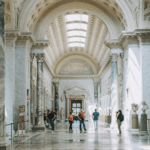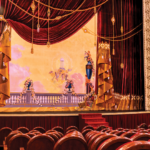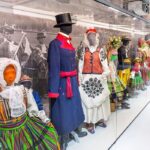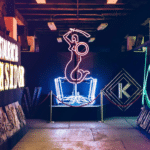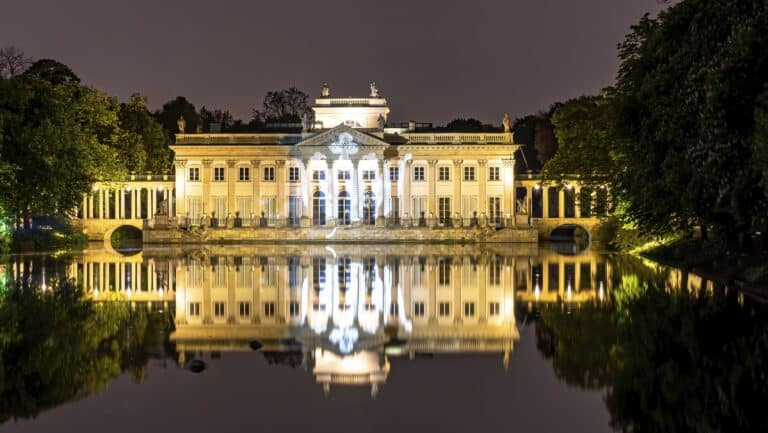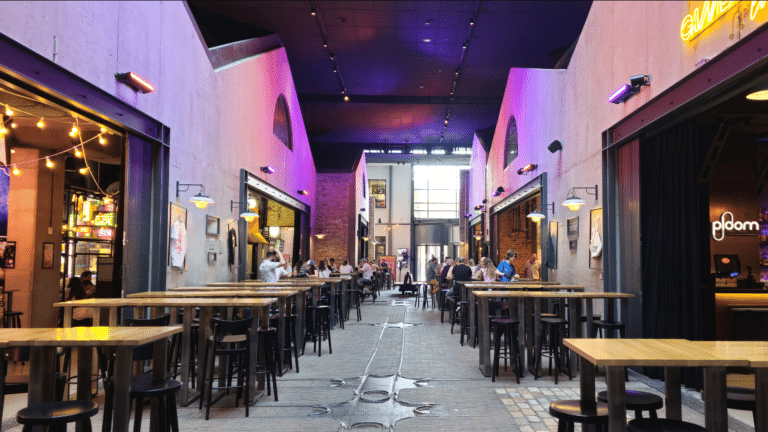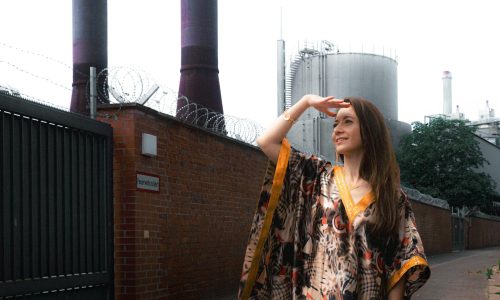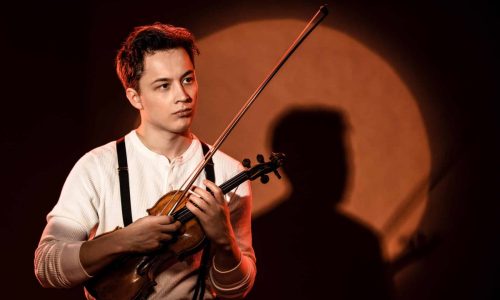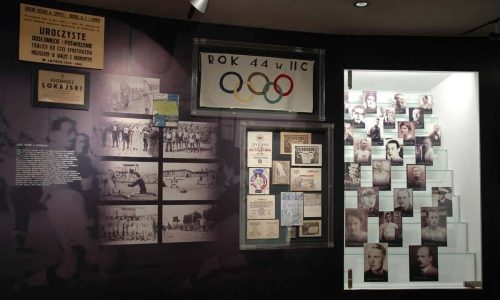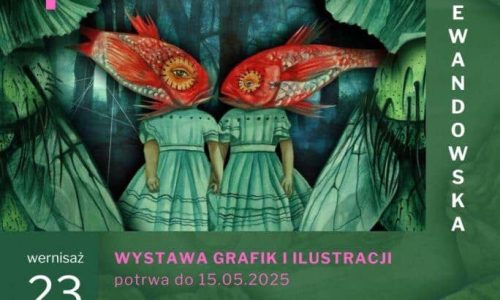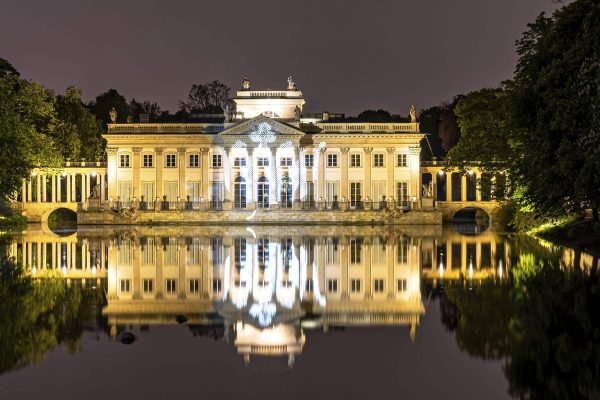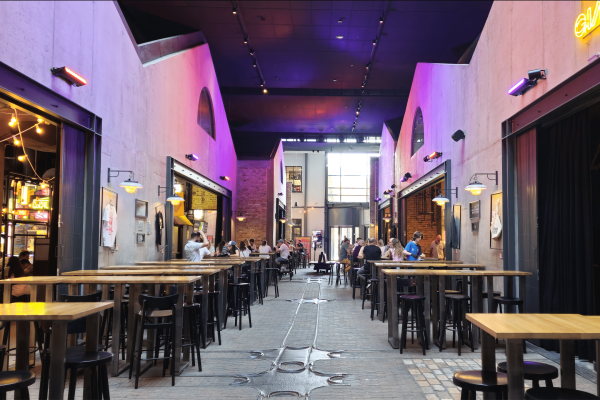"Journeys to the East" was created just before the 50th anniversary of the establishment of the Andrzej Wawrzyniak Asia and Pacific Museum in Warsaw. This exhibition brings visitors into direct contact with more than 1,000 unique objects that illustrate the richness and diversity of Asian cultures.
The collection on display includes objects from Arab countries, examples of Kajar-era textiles and paintings from Iran, a collection of clothing, jewellery and handicrafts from Central Asia, and objects relating to the lives and religions of the nomadic peoples of Mongolia. The museum's largest collection of artefacts is from the many islands of Indonesia, including masks, theatre puppets, costumes and traditional white weapons, including krises considered to be endowed with magical powers.
The exhibition is divided into five zones through which the journey takes place.
The exhibition opens with a gallery dedicated to South West Asia.
The objects presented in this part of the exhibition relate to the centuries-old tradition of the region. There is an ancient brick with a cuneiform inscription from the 21st century BC, as well as artefacts related to Arab and Persian culture, which was influenced by a new religion, Islam, from the 7th century onwards.
The next stop is a room showcasing Central Asia.
Here, the path runs through the Silk Road cities and under the arcades of the bazaar characteristic of the Muslim countries of this part of the world. The concept of the exhibition on Central Asia is based on the division between urban and nomadic culture. The centuries-long coexistence of both types of community and their multi-ethnicity contribute to the specific, distinctive character of the region.
Mongolia, a country that mostly consists of steppes and deserts, is the next point on the itinerary. In this gallery, an original yurt of Mongolian shepherds is set up, complete with furnishings. The showcases around it contain objects related to the lives and religions of the nomadic peoples of Mongolia.
The next stage is the largest part of the exhibition, comprising a collection of museum artefacts from Indonesia, a country of some 18,000 islands. Here, in addition to admiring the most beautiful examples of masks, white weapons, costumes and wayang puppets, you can walk around the Javanese pendopo, which is a wooden pavilion used for classical Indonesian gamelan orchestra concerts and shadow theatre performances.
The exhibition closes with the 'Sound Zone' with 120 musical instruments from various cultural areas and countries in Asia. Visitors can not only view the beautiful objects in the museum's collection, but also listen to the sound of selected instruments, watch films demonstrating playing techniques and become acquainted with contemporary and historical photographic documentation of musical traditions.














